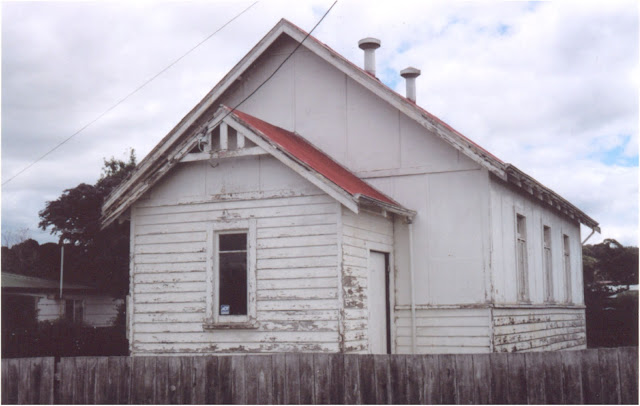No. 204 - Former Baptist Church at Cluan - 'The Church in the Meadow'

Cluan is a small rural settlement in northern Tasmania about 5km south of Westbury. The name Cluan is probably derived from the Irish ‘cluain’, meaning ‘meadow’. The former Baptist church at Cluan is a brick structure built in 1975 replacing a much older timber building constructed in 1906. At this time the church's location was described as: “Prettily situated on a sloping rise that is dry at all times. It overlooks the agricultural vale of Cluan, which is backed by the Cluan Tiers down whose sides course crystal streams, which then wend their way across the fertile plain thickly fringed with black wood and other evergreens”. In 1906 the correspondent for the Launceston Examiner explained the origins of the church: “For the past couple of years the Baptist section of the religious community at Cluan has been holding fortnightly services in the schoolroom. The liberal patronage and good attendance during this period was proof positive that in no locality was a church so necessary a...



